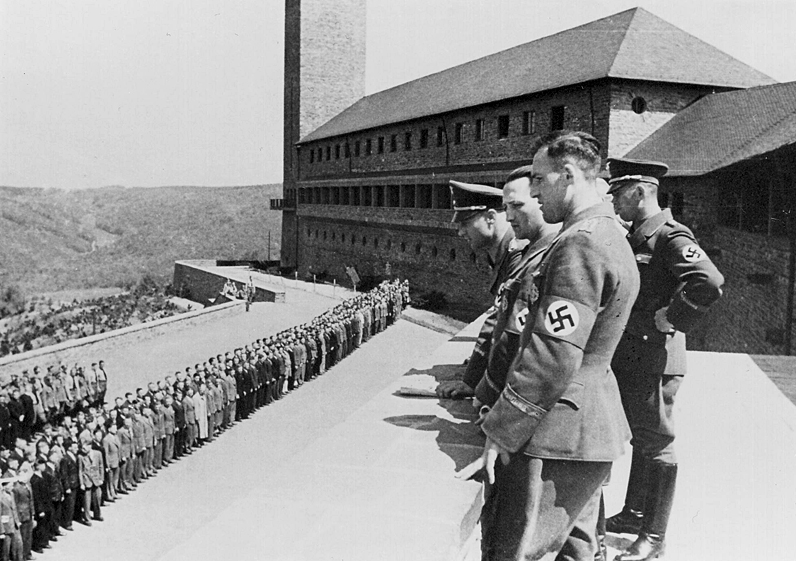I once started a thread about my little tours to WW2 places of interest. Nevertheless I intended to dedicate a seperate thread to the Ordensburg Vogelsang in the Eifel mountain range close to the German-Belgian border. I must’ve visited the place about a dozen times but I always screwed up in bringing my camera until now. My first visit was back in the 80’s when the place was still a military training area of the Belgian Army.
The Ordensburg (literally: order castle) Vogelsang was one of three institutions of that kind. The Ordensburgen were schools established to form and train upcoming NS leaders. Next to Vogelsang there were two more Ordensburgen: Krössinsee in Pomerania and Sonthofen in Bavaria.
The future NS leaders’ eduacation originally contained one-year courses at each school plus another year at an institution that was planned but never established. The outbreak of World War 2 however prevented that one single contender for the job of future NSDAP Gauleiter Chikago (mind the spelling) finished his education.
Vogelsang was finished in April 1936, the castle was eventually conquered by 1st battalion of the 47th US infantry regiment (9th US Infantry Division) on February 4, 1945 - basically without a struggle since German forces had already withdrawn. An American newspaper commented laconically: No Nazi superman strutted in castle Vogelsang!".
After the war the compound was used by the British Army as a military training range, in 1950 it was handed over to the Belgians who returned it to German authorities back in 2005. The future of Ordensburg Vogelsang (btw one of the largest preserved architectural relics of the Third Reich) is not entirely clear. German authorities just are sure about one thing: it must not become a Neo-Nazi site of pilgrimage.
For additional info here’s the English wiki article: http://en.wikipedia.org/wiki/Ordensburg_Vogelsang
To be continued.






